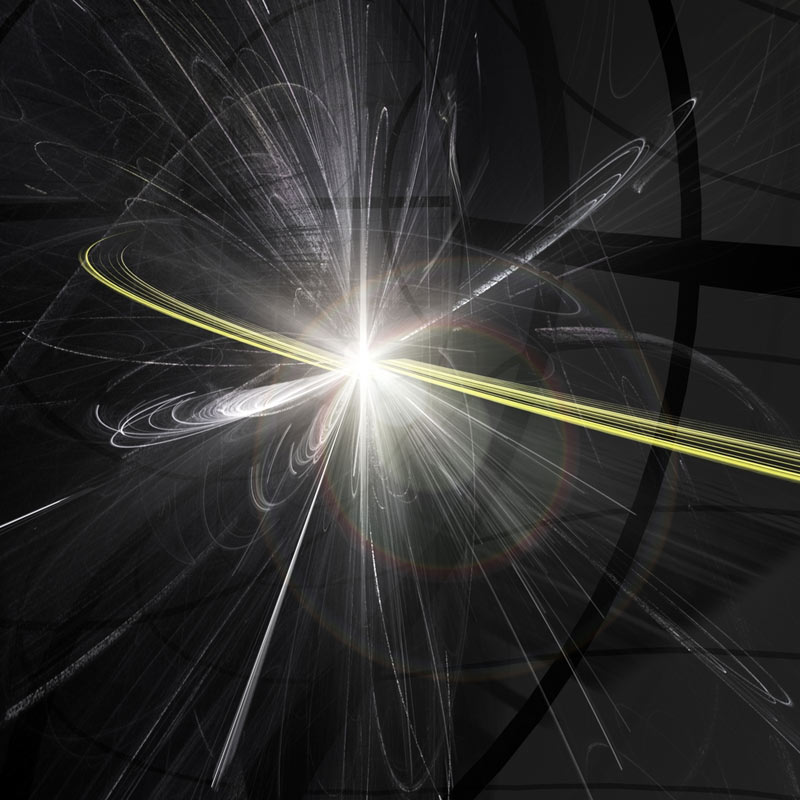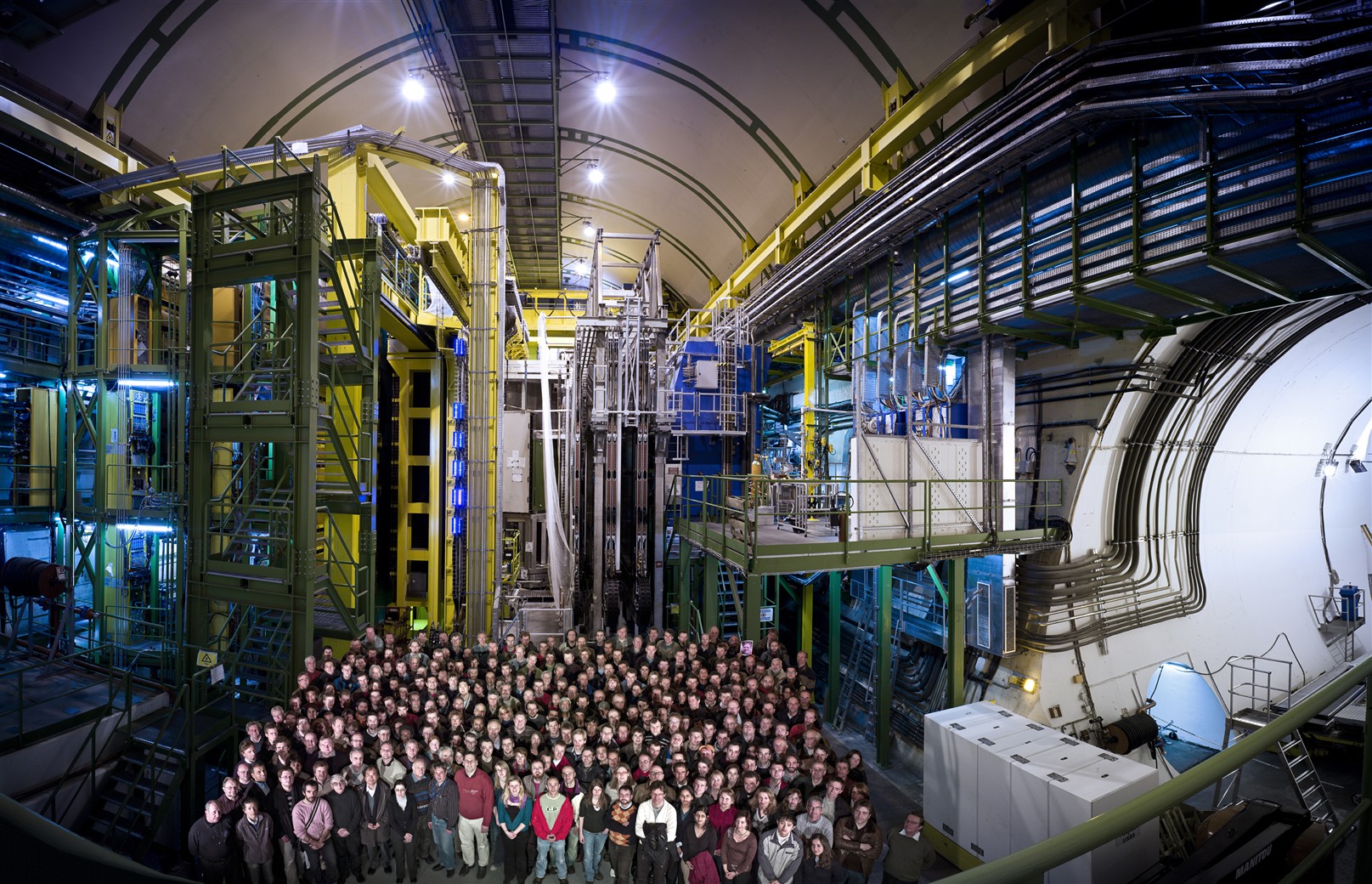What's the Matter with Antimatter in the Atom Smasher?

Matter and antimatter particles are behaving differently inside a giant atom smasher in Switzerland, physicists announced today (April 24). The discovery could help solve the riddle of why the universe is made of matter and not its strange sibling, antimatter.
All matter particles are thought to have antimatter counterparts with the same mass but opposite charge and spin. When the universe sprang into being 13.8 billion years ago with the Big Bang, it probably had similar amounts of matter and antimatter. Most of this antimatter is thought to have been destroyed in collisions with matter (when the two meet, they annihilate each other), and all that's left over in the universe today is a small overabundance of matter.
To understand why matter dominated over antimatter, physicists look for any differences in how the two behave that might explain the discrepancy. These differences are called charge-parity violation (CP violation), and that's just what scientists have found inside the Large Hadron Collider (LHC) in Geneva. [Whoa! The Coolest Little Particles in Nature]
Inside the 17-mile-long (27 kilometers) underground ring of the machine, protons speed up and smash into each other, creating a shower of daughter particles. One experiment at the collider called LHCb (it stands for "LHC beauty") studies these daughter particles for signs of CP violation that might help elucidate the nature of antimatter.

After analyzing about 70 trillion proton-proton collisions, LHCb found that a particle called the B_s meson was created slightly more often in its matter form than in its antimatter counterpart. B_s (pronounced ("B-sub-S") mesons are made of bottom quarks and strange anti-quarks, whereas antimatter B_s mesons have an antimatter bottom quark and a matter strange quark ("bottom" and "strange" are two flavors of quarks, and anti-quarks are the antimatter partner particles of normal matter quarks).
"The thing about antimatter is it behaves almost identically to normal matter," said Tara Shears, a physicist at England's University of Liverpool, who works on the LHCb experiment. "But the devil is in the details, and it's this very tiny difference that we're trying to measure."
B_s mesons are rare, and 70 trillion collisions inside the Large Hadron Collider created only about a thousand of these elusive particles. Yet these were enough to demonstrate a significant abundance of matter B_s mesons compared with antimatter B_s mesons.
Sign up for the Live Science daily newsletter now
Get the world’s most fascinating discoveries delivered straight to your inbox.
"We expected it to be there, but we've never been able to make a measurement of it before because these particles so rare," Shears told LiveScience.
The B_sparticle is only the fourth subatomic particle known to exhibit such a matter-antimatter asymmetry.
CP violation was first discovered in neutral particles called kaons at the Brookhaven National Laboratory in Long Island in the 1960s. It took 40 more years for researchers in the United States and Japan to find the next example of this asymmetry in the B0 meson. After that, the LHCb experiment and others found evidence for CP violation in the B+ meson.
Yet these instances of CP violation aren't enough to explain the prevalence of matter over antimatter in the universe.
"We still have a lot to do to understand the real nature of antimatter," Shears said. "We know we don't understand the whole story. We've just filled in a little bit more information — a block in our jigsaw puzzle if you like."
The researchers hope to make more progress when the LHC starts up again in 2015, at a much higher energy, after its current hiatus.
The LHCb discovery is detailed in a paper submitted to the journal Physical Review Letters.
Follow Clara Moskowitz on Twitter and Google+. Follow us @livescience, Facebook & Google+. Original article on LiveScience.com.










